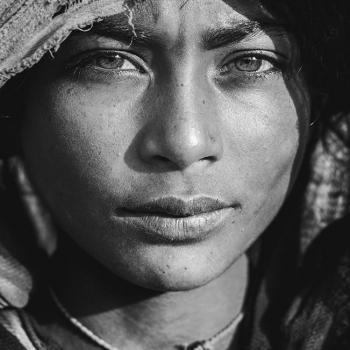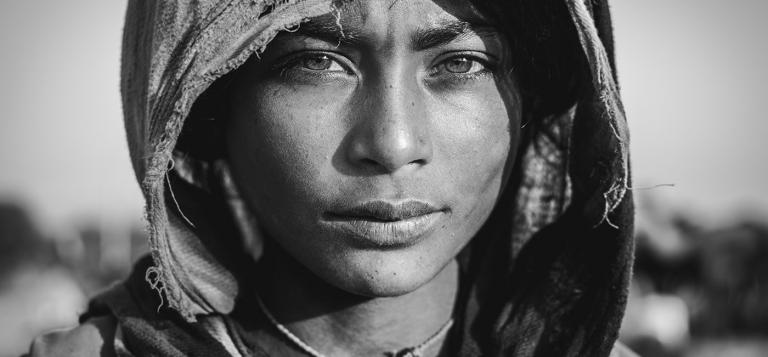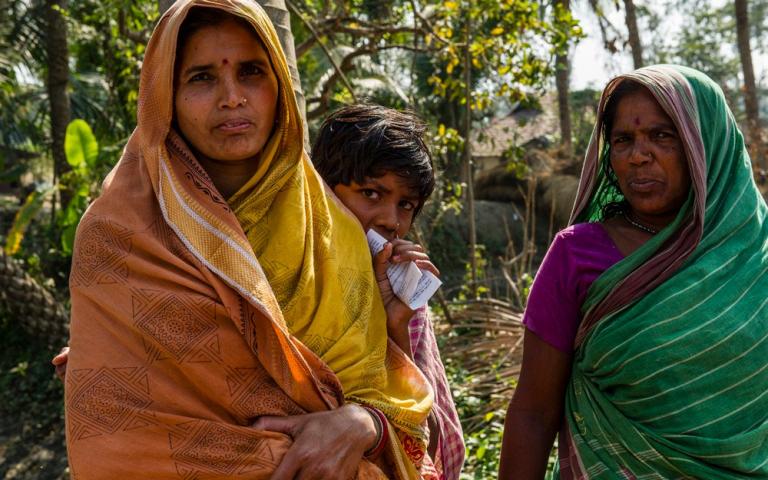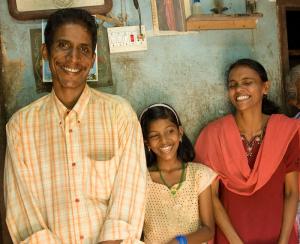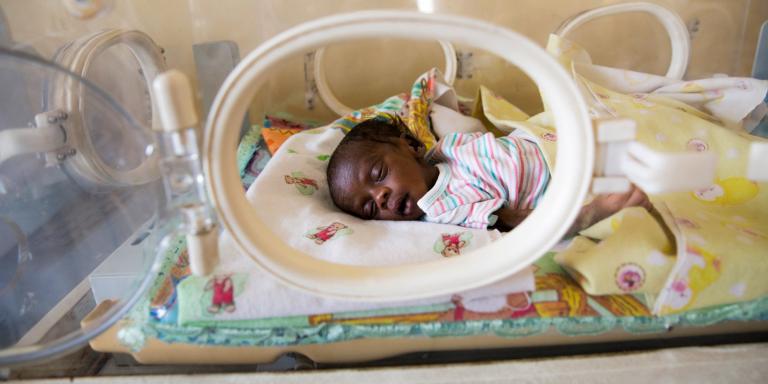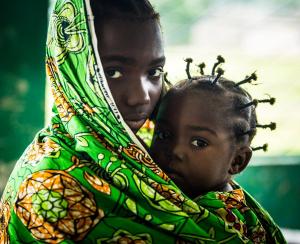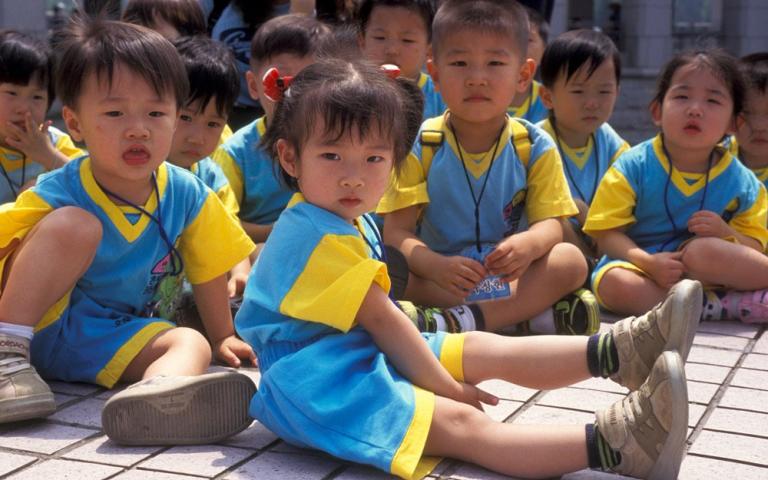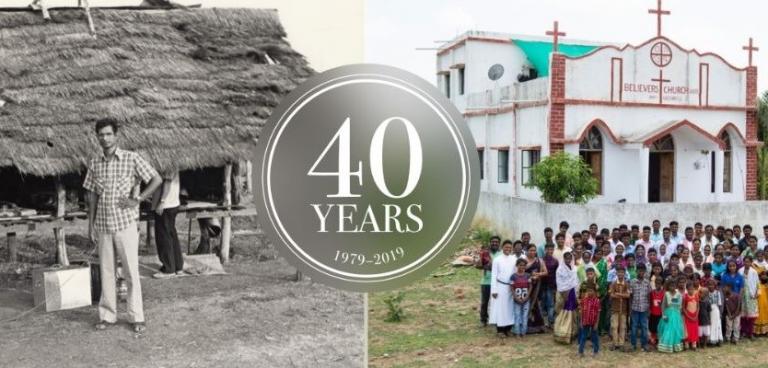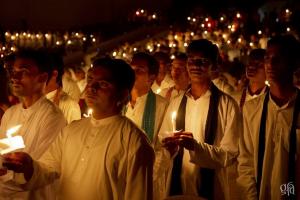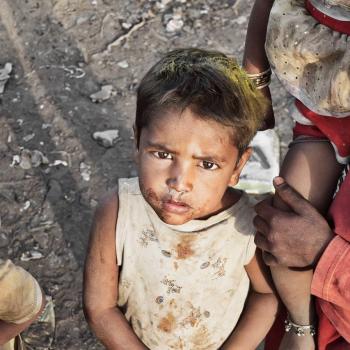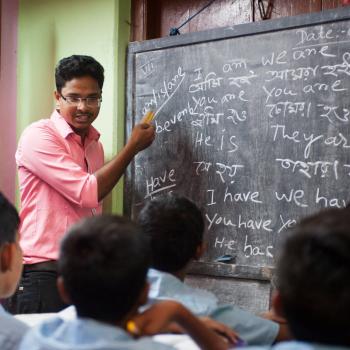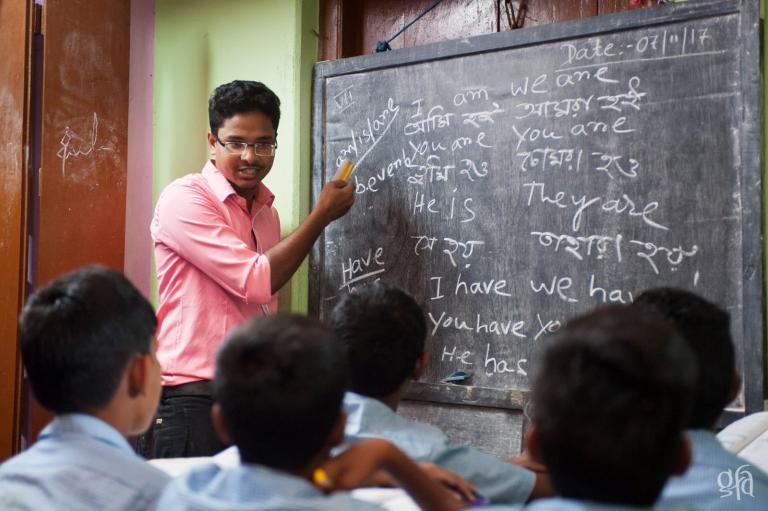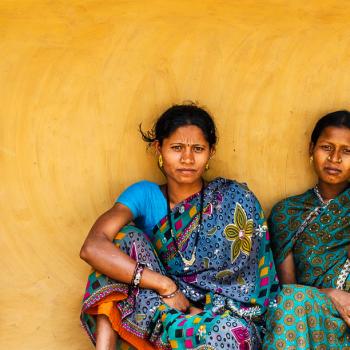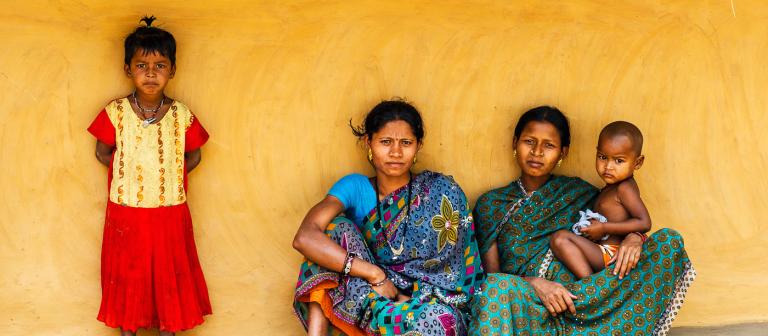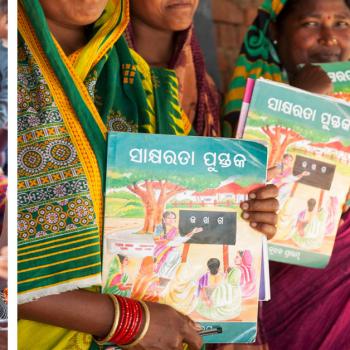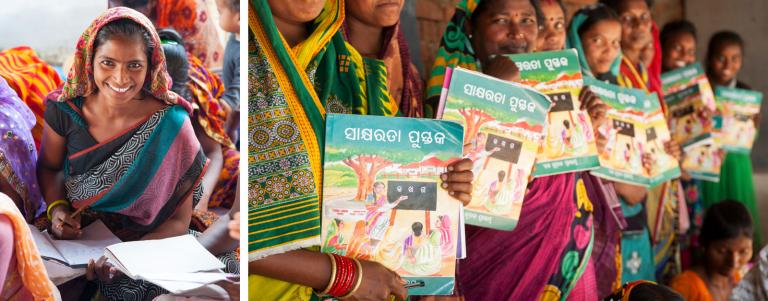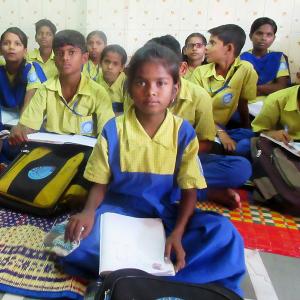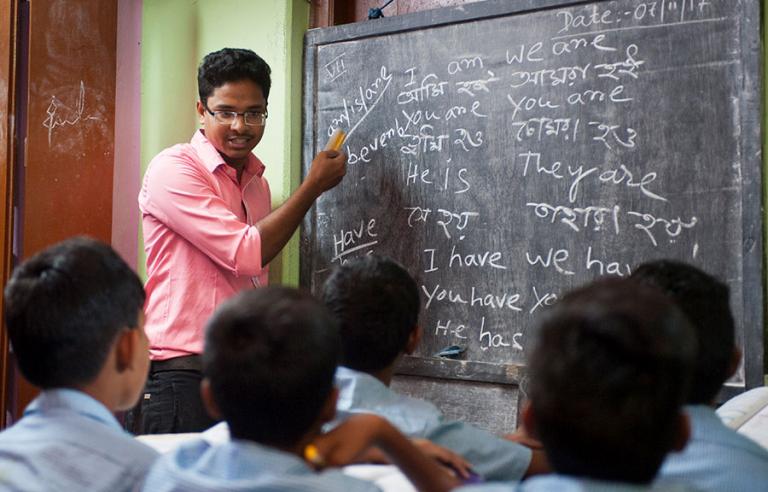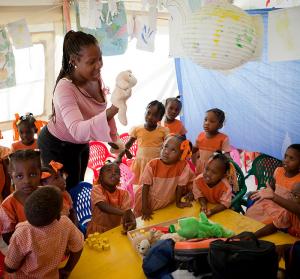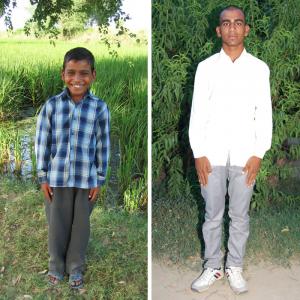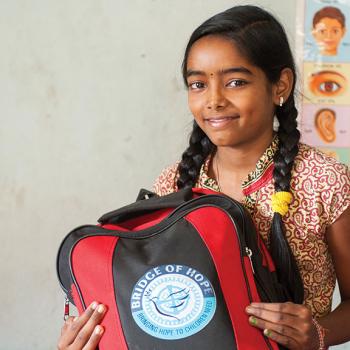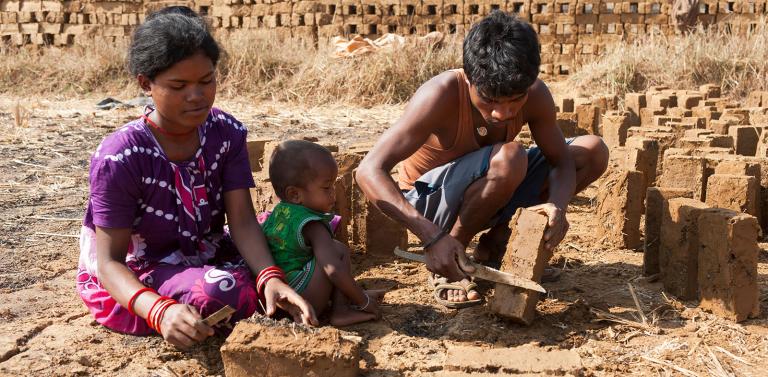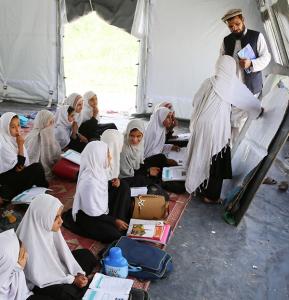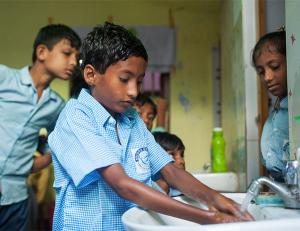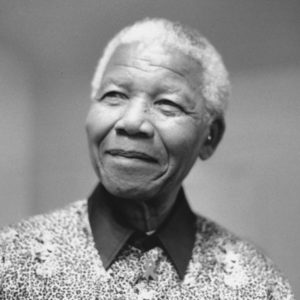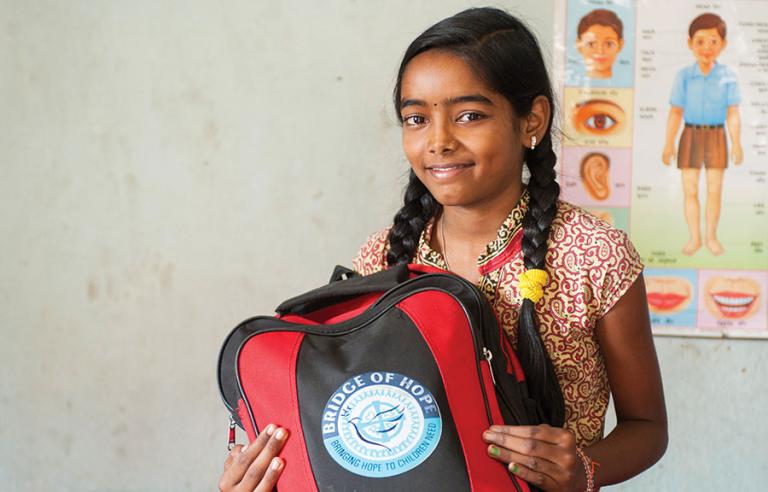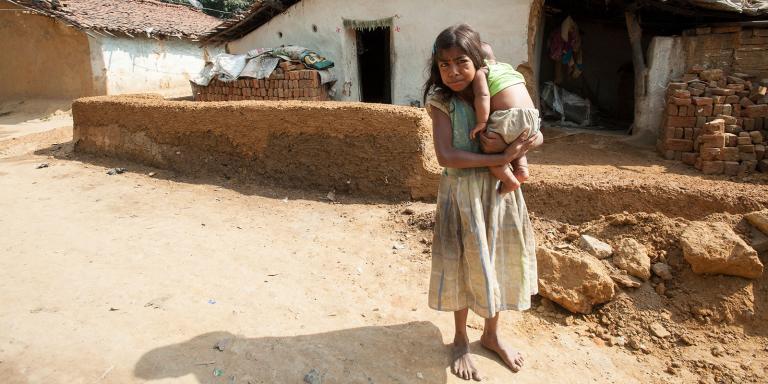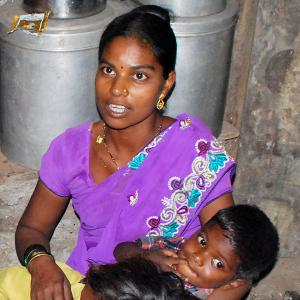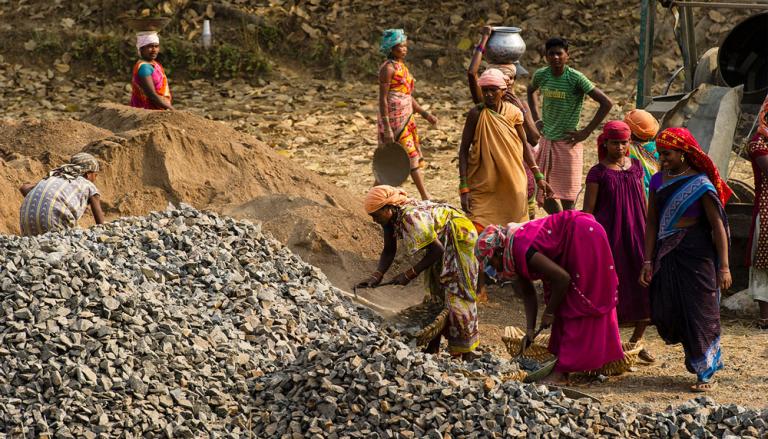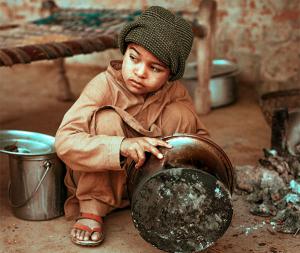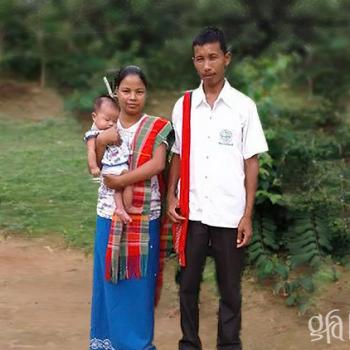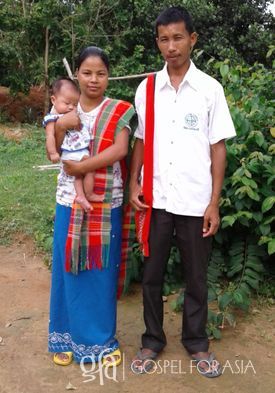WILLS POINT, TX – Gospel for Asia (GFA) Part#2 Special Report on the aftermath of acute gender imbalance: Discussing the horrendous reality of 100 million missing women worldwide.
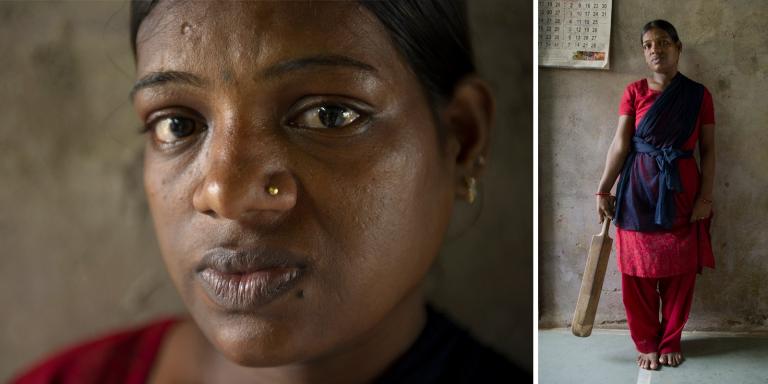
Intimate-Partner Violence Against Women Contributes to Gender Imbalance
One of the greatest contributors to this missing-women / gender imbalance factor is violence against women—both sexual violence and violence by their own intimate partners. According to the World Health Organization, “Violence against women—particularly intimate partner violence and sexual violence—is a major public health problem and a violation of women’s human rights.”
- Global estimates indicate that about 1 in 3 women worldwide (35 percent) have been victims of physical and/or sexual violence, sometimes inflicted by their own intimate partners, in their lifetimes.
- “As many as 38 percent of murders of women are committed by a male intimate partner.”
- “Violence can negatively affect women’s physical, mental, sexual and reproductive health, and may increase the risk of acquiring HIV in some settings.”
- “Men are more likely to perpetrate violence if they have low education, a history of child mistreatment, exposure to domestic violence against their mothers, harmful use of alcohol, gender imbalance norms including attitudes accepting of violence, and a sense of entitlement over women.”
A conclusion about the above data is, obviously, that intimate-partner violence is an undeniable contributor to the missing-women dilemma. In case there is any doubt as to what exactly is meant by all this, the United Nations defines violence against women as “any act of gender-based violence that results in, or is likely to result in, physical, sexual or psychological harm or suffering to women, including threats of such acts, coercion or arbitrary deprivation of liberty, whether occurring in public or in private life.”
The Coequal Value Seen in Genesis
The extraordinary message of the Christian Scriptures, beginning with the first book of the Old Testament, Genesis, affirms the value of men and women: “So God created man in His own image, in the image of God He created him; male and female He created them.”
Biblically faithful Christianity has always been confronted by this theological premise: Man and woman are created in the image of God. It’s a huge bump in the road for those who might mistreat the female sector within its following and is a premise worthy of the moans and groans of those who hear a sermon pointing out their misconduct. How we treat one another, in Christendom, is evidence of the reality and depth of our faith.
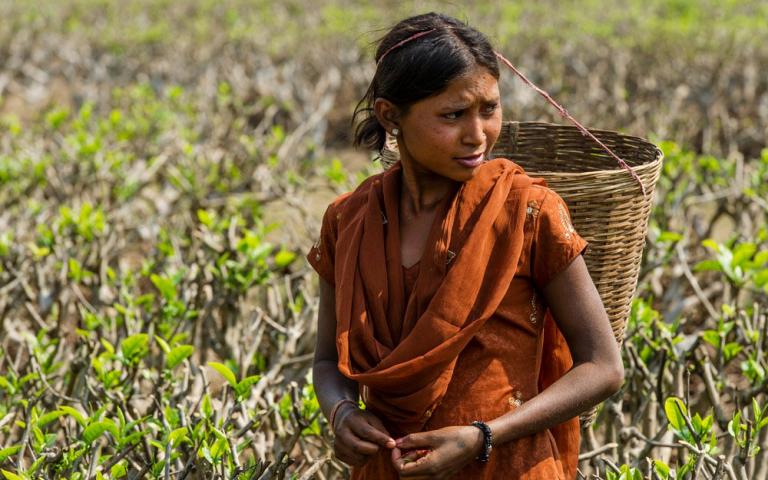
Do You See This Woman?
Let’s summarize again that story from Luke that began this article, “And behold, a woman in the city who was a sinner … brought an alabaster flask of fragrant oil, and stood at His feet behind him weeping; and she began to wash His feet with her tears, and wiped them with the hair of her head; and she kissed His feet and anointed them with the fragrant oil.”
The important religious leader, a Pharisee named Simon, was appalled by this woman who, uninvited, crashed his dinner party. In his heart he thought Jesus could not possibly be who He said He was, or He would know what kind of woman she was. Simon certainly thought he knew what kind of woman she was—an emotional type, obviously; a town prostitute, probably. A woman of bad manners and of lower class, which was not his type of person, certainly.
Jesus tells a parable about two debtors, one who owed a creditor little and one who owed the same man much. Both of their debts were forgiven. Jesus asks his host, Simon, which one he thinks loved the creditor the most—the one with little debt forgiven or the one with much debt forgiven? The answer is obvious, even to those of us reading the story many years removed from the dinner-party incident. We agree with the Pharisee’s answer: the one who was forgiven much.
At the risk of being redundant, it is here that Christ asks the question that resounds through the centuries, one that should be considered by any hostile intimate partner and any theologian or churchgoer who has a twisted, misogynies theology: “Simon, do you see this woman?”

Do you see this woman? Christ saw the woman, not her bad reputation, not her past misdeeds, not her wayward lifestyle. He saw her best potential self. He saw her broken heart. He saw the gratefulness she felt that any man could think she was something other than the role the community had assigned to her.
Jesus saw the women. If you want to conduct a study as to Jesus’ attitude toward women in a time when they were considered lower than second class, look through the stories collected in the Gospel of Luke. Here we see a man who loved women, advocated for them, healed them and welcomed them as companions in His earthly ministry.
We, too, need to see the women of the world. We need to turn our energies toward helping countries change and cure the great harms that have contributed to the extraordinary demographic imbalance of some 110 males for every 100 women. Indeed, many developing countries consider elevating women from underclass to an educated class as a means of increasing the capacity of the country to function competitively in a global economy.
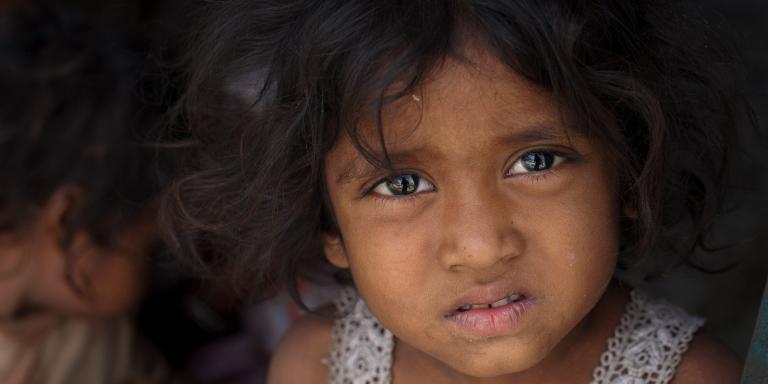
A Consensual Solidarity of Concern
Let us grieve for these who have suffered such hardships, deprivation, bondage, violence, societal disfavor or low self-esteem brought on by the scornful esteem of the men in one’s social circle. Let us form a solidarity of concern and do what we can to change the capacity of others, either men or women, but for the purposes of this article, particularly women, for the 100 million missing women and fight the aftermath of gender imbalance.
In 1980, I went on a sponsored survey trip for Food for the Hungry to write about that organization’s work in the disaster areas of the world. It was an extraordinary global journey and an extraordinary exposure to the needs and crises of humanity worldwide as well. At the start of the trip, on April 1 in Hong Kong, I had time to do a study of Christ’s ministry as recorded in the Gospel of Matthew, and I wrote out all the verses to remind myself of how dramatic His healing, teaching and miracle-filled ministry must have been to the masses.
Something about Christ’s response to the needy women who were part of all those crowds touched me deeply, and I wrote:
Lord, I praise You that while You are also God of the individual, You are also God of the masses. What did you have in mind for me to write about these masses of women?
- Those who with little household aids, nevertheless, keep their houses (huts or tents) clean?
- Those who demonstrate industry weaving or knitting?
- Those who work in gardens, hoeing with homemade instruments or digging in the soil with sharpened sticks?
- Those who run sidewalk cafés—little set-up carts?
- Those who pour cool drips of the water have walked miles to gather over the bodies of their sweaty and dirty children?
- Those who are painstakingly learning English in order to better themselves with foreigners?
- Those who are raising pigs in piggeries?
- Those in refugee camps who have nothing profitable to do afternoon after afternoon after afternoon?
- Those who have willingly offered me their babies because the past is horrendous, their husbands are no longer alive and the future looks hopeless?
- Those with wholesome, plain faces who volunteer their lives to serve the missionaries who bring some sensibility of promise into nonsensical and unpromising conditions?
- Those who plant flowers in front of their settlement housing (canvas tents or ramshackle shelters)?
There is something about actually seeing the masses of needy and desperate yet often-courageous women struggling just to survive in the resettlement housing in Hong Kong, in the refugee camps in Thailand (those fleeing the Pol Pot massacres in Cambodia), in the canvas villages with dirt paths, in the milk-and-food lines provided by development organizations, or in the old abandoned ammo depots now housing a population of 20,000.
Read the rest of Gospel for Asia’s Special Report on 100 Million Missing Women & the Aftermath of Acute Gender Imbalance here: Part 1 | Part 3
Learn more about Gospel for Asia’s programs to combat the acute gender imbalance reality by helping women through Vocational Training, Sewing Machines and Literacy Training.
This Special Report article originally appeared on GFA.org
Read more on the missing women dilemma on gender imbalance and violence against women on Patheos.
Click here, to read more blogs on Patheos from Gospel for Asia.
Go here to know more about Gospel for Asia: Facebook | Sourcewatch | Integrity | Flickr | GFA | Lawsuit



